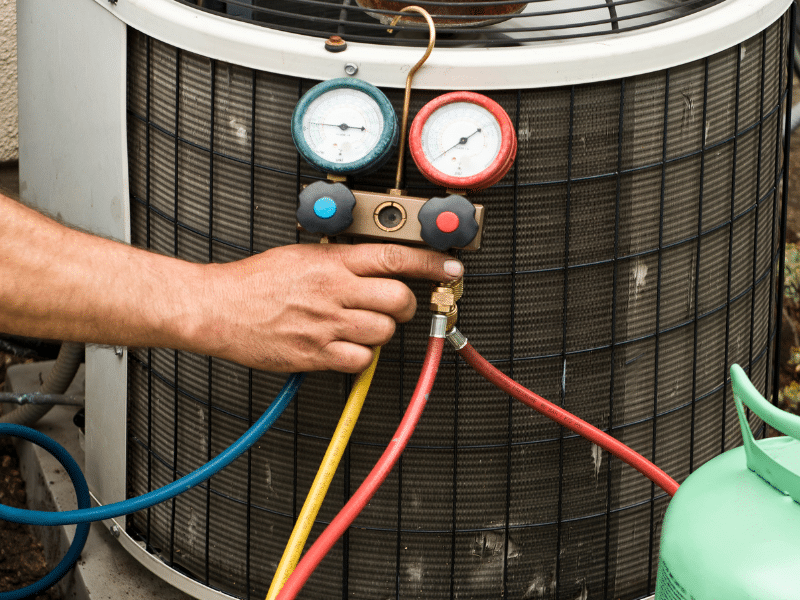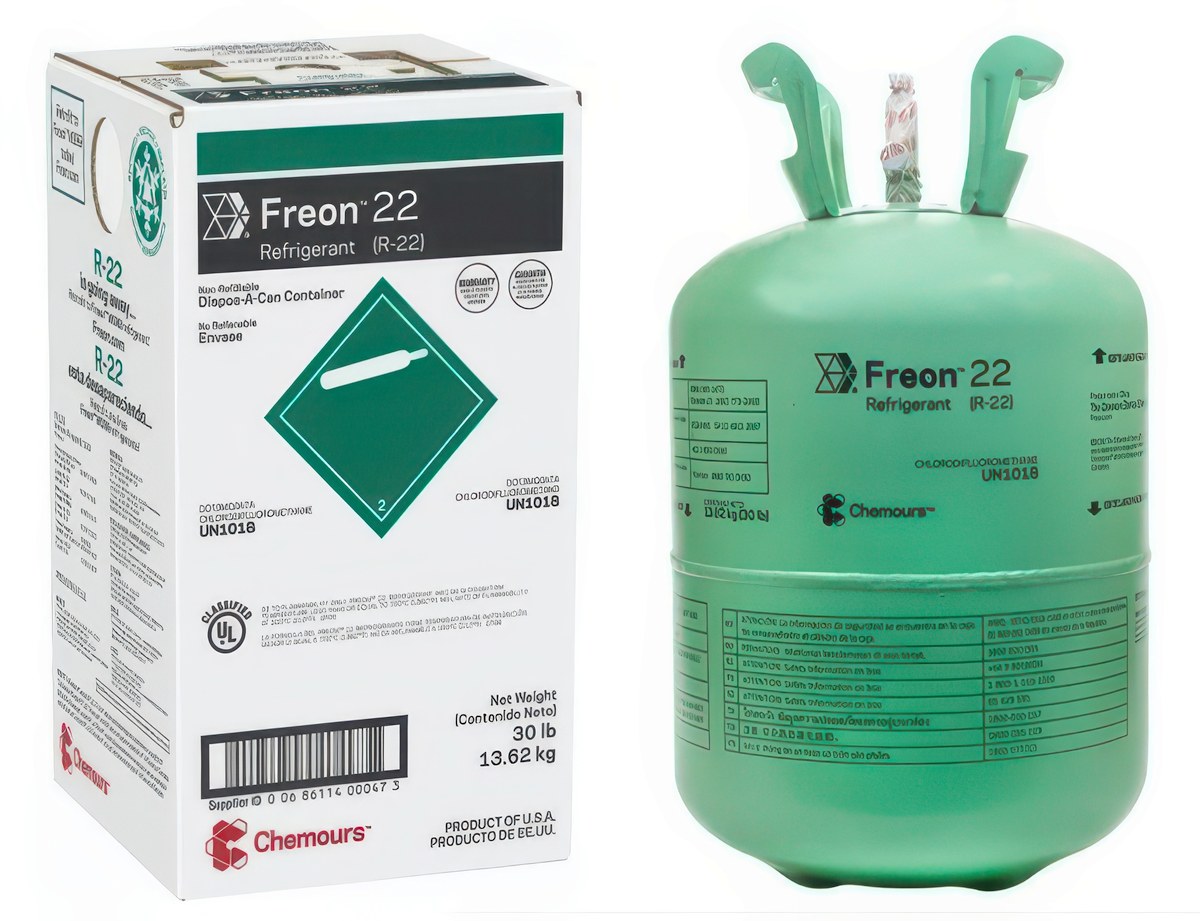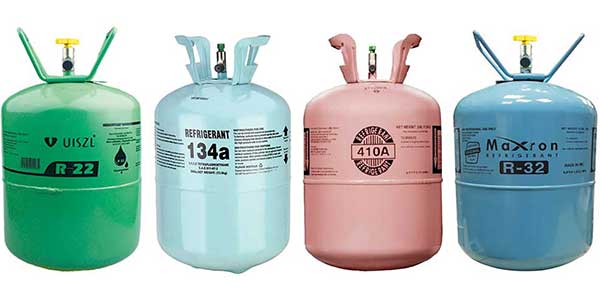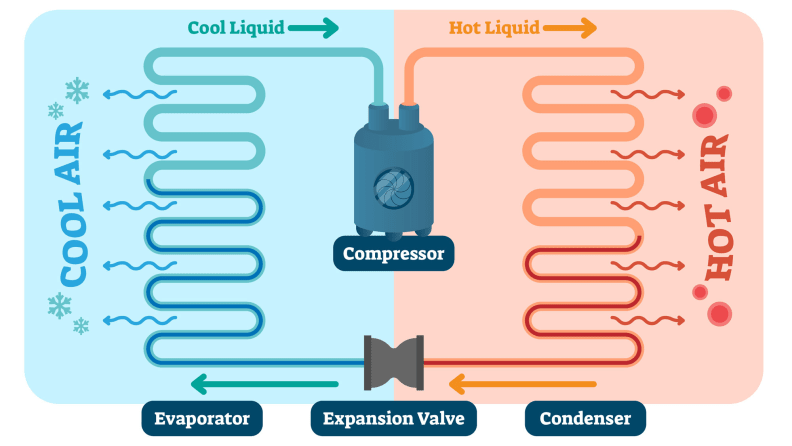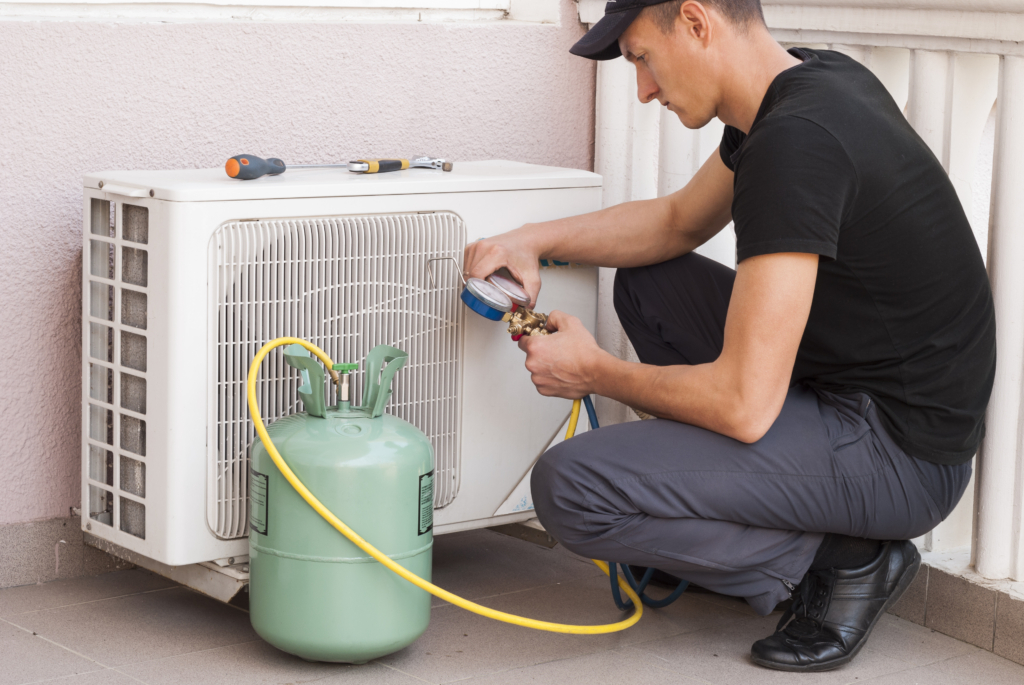What Coolant Is Used In Air Conditioners
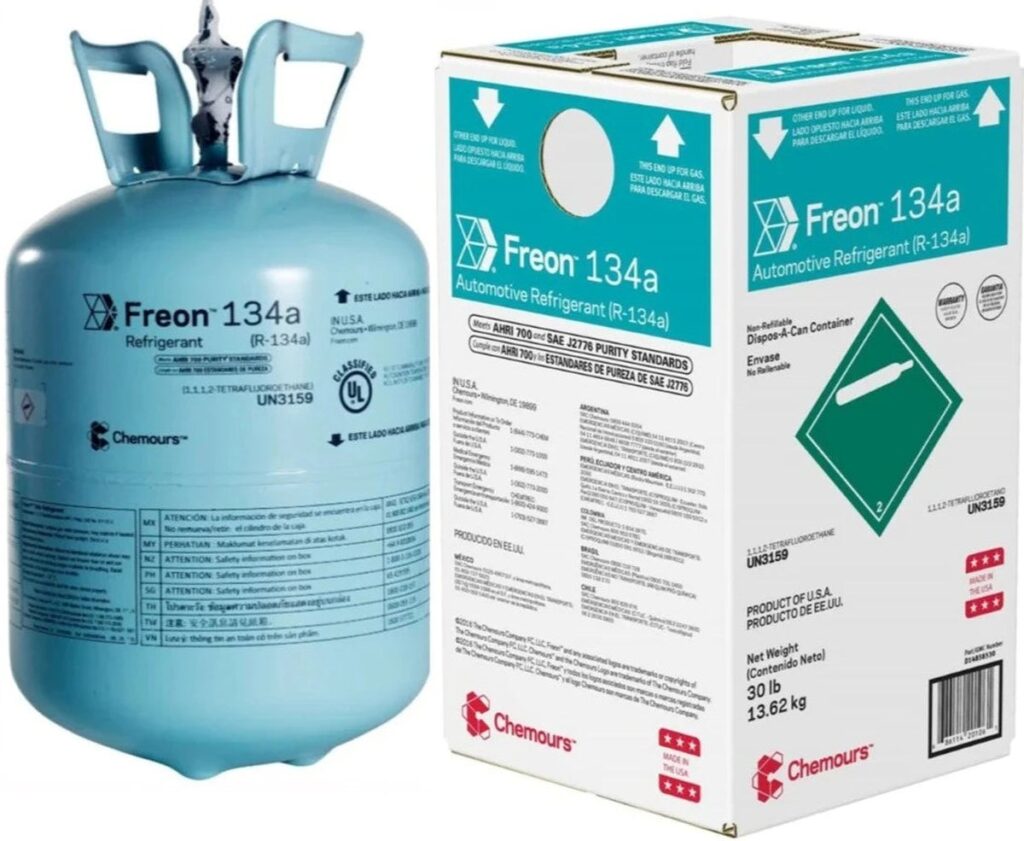
Understanding Air Conditioner Coolants: A Comprehensive Guide
Choosing the right air conditioning system for your home is a significant investment, impacting comfort, energy bills, and environmental footprint. One crucial aspect often overlooked is the type of coolant, also known as refrigerant, used in the system. This guide will delve into the world of air conditioner coolants, exploring their types, environmental impact, and how they influence your buying decision.
The Role of Coolant in Air Conditioning
An air conditioner doesn't actually "create" cold air; it removes heat from your home. The coolant is the working fluid that makes this process possible. It circulates through the air conditioner's components – the evaporator, compressor, condenser, and expansion valve – absorbing heat inside your home and releasing it outside. This phase change cycle is fundamental to how air conditioning works.
Types of Air Conditioner Coolants
Over the years, various refrigerants have been used in air conditioners, each with its own set of properties, advantages, and disadvantages.
R-22 (Freon): Phased Out, but Still Relevant
For decades, R-22, commonly known as Freon, was the standard refrigerant in residential air conditioners. However, due to its ozone-depleting potential, the Environmental Protection Agency (EPA) has mandated its phase-out. Production and import of R-22 were banned in the US in 2020. While you might still find older systems using R-22, repairing them can be costly due to the scarcity of the refrigerant. Look for alternatives when replacing your system.
R-410A (Puron): The Current Standard
R-410A, often marketed as Puron by Carrier, is the current standard refrigerant in most new residential air conditioners. It’s a hydrofluorocarbon (HFC) blend designed to be a more environmentally friendly alternative to R-22. R-410A doesn't deplete the ozone layer, but it does have a high global warming potential (GWP). This means that if released into the atmosphere, it can contribute significantly to climate change.
Pros of R-410A:
- Doesn't deplete the ozone layer.
- More energy-efficient than R-22.
- Readily available and supported by most HVAC manufacturers.
Cons of R-410A:
- High global warming potential.
- Operates at higher pressures, potentially requiring more robust components.
R-32: The Next Generation of Coolant
R-32 is a newer refrigerant gaining popularity as a more environmentally friendly alternative to R-410A. It's a hydrofluorocarbon (HFC) with a significantly lower global warming potential (GWP) than R-410A. It also boasts better energy efficiency, potentially leading to lower energy bills. While not as widely available as R-410A in the US, R-32 is expected to become more prevalent in the coming years.
Pros of R-32:
- Lower global warming potential than R-410A.
- Higher energy efficiency.
- Requires less refrigerant charge than R-410A.
Cons of R-32:
- Mildly flammable (A2L classification).
- Not as widely available as R-410A in the US (yet).
- May require technicians to be specifically trained to handle it.
Other Coolants: Emerging Options
Beyond R-410A and R-32, research and development continue to explore even more environmentally friendly refrigerant options. These include:
- R-290 (Propane): A natural refrigerant with very low GWP, but highly flammable.
- R-744 (Carbon Dioxide): Another natural refrigerant with extremely low GWP, but requires specialized equipment and operates at very high pressures.
- HFO Blends: Combinations of hydrofluoroolefins (HFOs) with low GWP, designed to mimic the performance of R-410A while reducing environmental impact.
Choosing the Right Air Conditioner: Considerations Beyond Coolant
While the type of coolant is a significant factor, it's not the only consideration when choosing a new air conditioner. Here are some other essential factors:
Energy Efficiency Ratings: SEER, EER, and HSPF
SEER (Seasonal Energy Efficiency Ratio) measures the cooling efficiency of an air conditioner over an entire cooling season. The higher the SEER rating, the more efficient the unit. The minimum SEER rating currently mandated by the Department of Energy (DOE) is 14 for most regions. However, many high-efficiency models boast SEER ratings of 16 or higher.
EER (Energy Efficiency Ratio) measures the cooling efficiency of an air conditioner under specific conditions (e.g., 95°F outdoor temperature). EER is less commonly used than SEER, but it can provide valuable information about the unit's performance in hot climates.
For heat pumps, HSPF (Heating Seasonal Performance Factor) measures the heating efficiency over an entire heating season. A higher HSPF rating indicates better heating efficiency.
Sizing Your Air Conditioner: BTUs
The size of your air conditioner is measured in BTUs (British Thermal Units). Choosing the right size is crucial for optimal performance and energy efficiency. An undersized unit will struggle to cool your home effectively, while an oversized unit will cycle on and off frequently, leading to discomfort and increased energy consumption. A professional HVAC contractor can perform a load calculation to determine the appropriate BTU rating for your home based on factors such as square footage, insulation, climate, and window placement.
Air Conditioner Types: Split Systems, Window Units, and Ductless Mini-Splits
Split Systems: The most common type of residential air conditioner, consisting of an outdoor unit (condenser) and an indoor unit (evaporator). They are connected by refrigerant lines.
Window Units: Self-contained units designed to fit in a window opening. They are typically less expensive than split systems but are less efficient and less powerful.
Ductless Mini-Splits: Ideal for homes without ductwork or for adding cooling to individual rooms. They consist of an outdoor unit and one or more indoor units that are mounted on the wall. They are known for their energy efficiency and quiet operation.
Popular HVAC Brands and Models
Several reputable HVAC brands offer high-quality air conditioners. Here are a few examples:
- Carrier: Known for innovation and high-efficiency models. Carrier's Infinity series boasts some of the highest SEER ratings available.
- Trane: Renowned for durability and reliability. Trane's XV20i variable-speed air conditioner is a popular choice.
- Lennox: Offers a wide range of models, including energy-efficient options. Lennox's SL28XCV is a high-end, variable-speed model.
- Goodman: A budget-friendly option that provides good value for the price.
- Mitsubishi Electric: A leader in ductless mini-split systems, known for their efficiency and quiet operation.
When comparing models, pay attention to the SEER rating, BTU rating, noise level (measured in decibels), and features such as variable-speed compressors and smart thermostats.
Warranties and Maintenance
A comprehensive warranty is essential for protecting your investment. Most HVAC manufacturers offer a standard warranty that covers parts for a specific period (e.g., 5 or 10 years). Some manufacturers also offer extended warranties that cover labor costs. To maintain your warranty and ensure optimal performance, regular maintenance is crucial. This includes changing air filters, cleaning the coils, and having a professional HVAC technician inspect the system annually.
Pricing and Installation
The cost of a new air conditioning system varies depending on the brand, model, size, and complexity of the installation. Split systems typically range from $3,000 to $7,000, including installation. Ductless mini-splits can range from $2,000 to $5,000 per indoor unit. It's essential to get quotes from multiple HVAC contractors before making a decision. Ensure the contractor is licensed and insured, and that they provide a detailed estimate that includes all costs, such as equipment, labor, permits, and disposal of the old unit.
Conclusion: Making an Informed Decision
Choosing a new air conditioning system is a complex process, but understanding the different types of coolants, energy efficiency ratings, and other factors can help you make an informed decision. Consider your budget, climate, and environmental concerns when selecting a system that meets your needs. Consulting with a qualified HVAC professional is always recommended to ensure proper sizing and installation.
As regulations and technology evolve, the HVAC industry is constantly innovating to develop more environmentally friendly and energy-efficient solutions. Staying informed about the latest advancements will help you make the best choice for your home and the planet.
Note: Prices and availability may vary depending on location and retailer. Always consult with a qualified HVAC professional for personalized advice.

